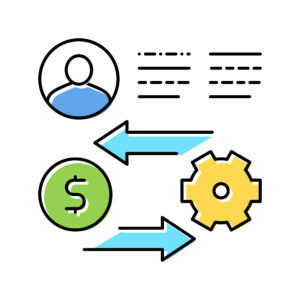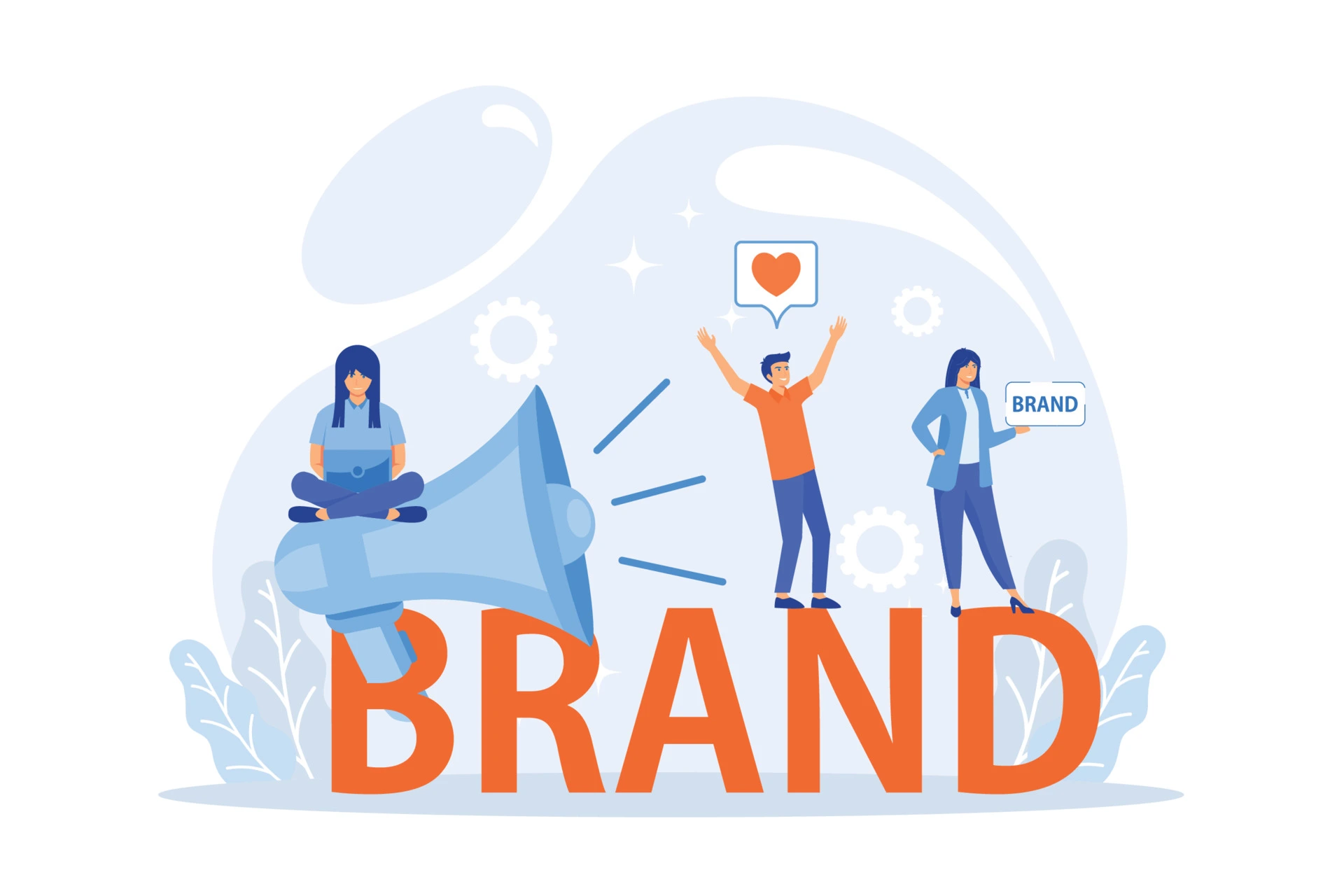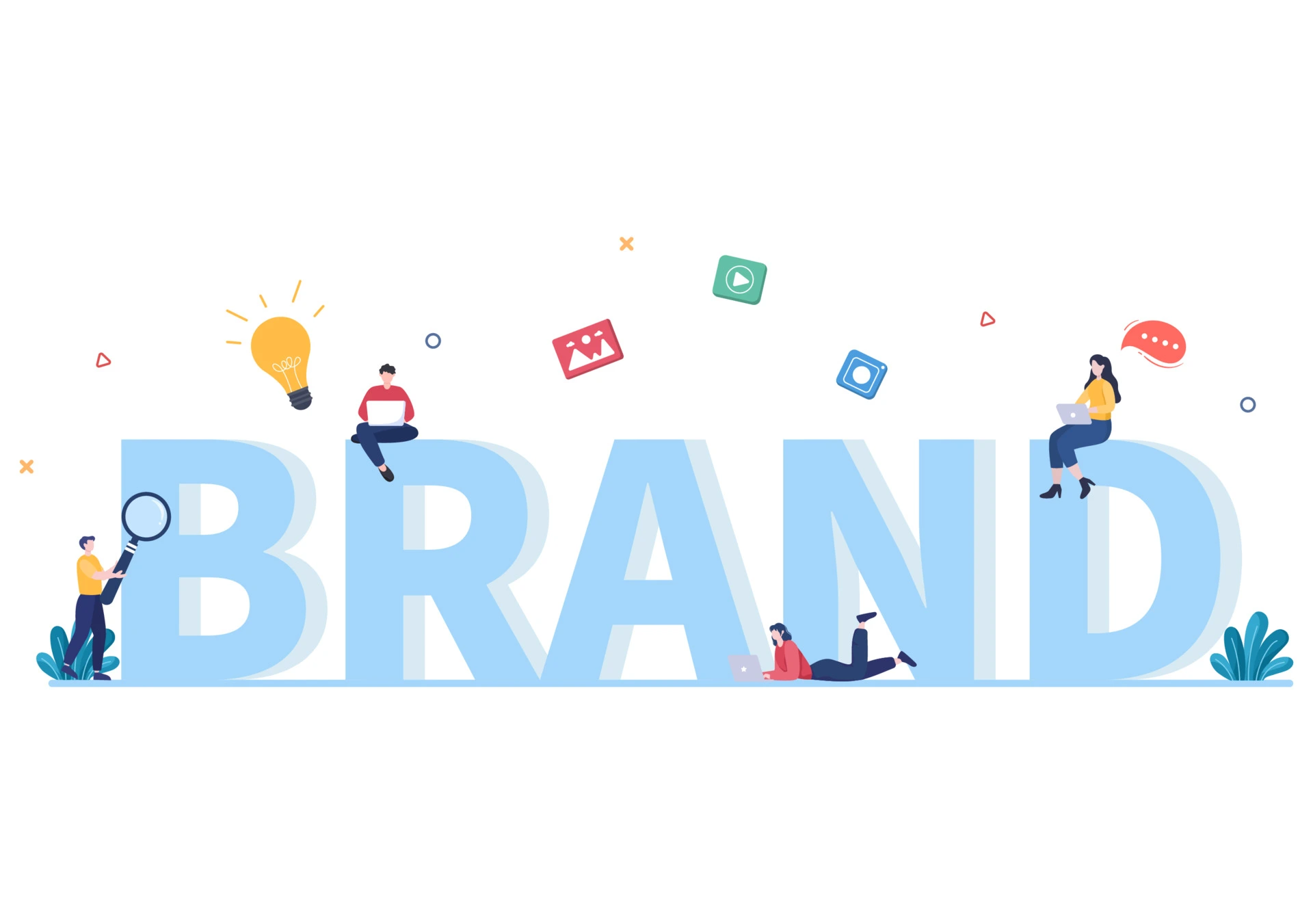Success isn’t just about having great products or services anymore; it’s also about effectively attracting and converting potential customers. Two essential strategies for this are demand generation and lead generation. Let’s explore these strategies, understand their importance for both B2B and B2C businesses, and how they can help drive revenue.
What is Lead Generation?
Lead generation is the process of attracting and converting potential customers into leads, who have expressed interest in your product or service. This involves various marketing strategies and techniques to capture the interest of prospects and gather their contact information for further engagement. In the context of B2B lead generation, businesses focus on identifying and targeting other businesses that might benefit from their offerings. Effective lead generation strategies include content marketing, social media marketing, email campaigns, and SEO. By understanding the needs and preferences of the target audience, businesses can tailor their approach to generate high-quality leads. This not only enhances the chances of conversion but also builds a robust sales pipeline, essential for sustained growth and success in the competitive market. Lead generation is a critical component of any marketing strategy, serving as the foundation for building customer relationships and driving business growth.
What Is Demand Generation?
Demand generation is a strategic marketing approach focused on creating awareness and interest in a brand’s products or services. Its primary goal is to drive customer engagement and generate high-quality leads. This process involves various tactics, including content marketing, social media campaigns, and targeted advertising, to educate potential customers and stimulate their interest.
By leveraging these tactics, businesses can build a strong foundation for nurturing leads through the sales funnel. Demand generation not only aims to attract new customers but also to retain and engage existing ones. This approach is crucial for long-term growth, helping companies maintain a steady flow of prospects and ensuring they remain top-of-mind in a competitive market. Understanding demand generation meaning and its impact is essential for crafting effective brand positioning statements that resonate with target audiences.
Know More About Branding
- 5 Ways Hyperlocal Brands Can Add Newspaper Ads to their Local Marketing Strategies
- The Future of Brand Management: Trends to Watch
- The Psychology Behind Effective Advertising
- Crafting Effective Brand Positioning Statements: A Comprehensive Guide
1.Understanding Demand Generation and Lead Generation
Demand generation and lead generation are like two sides of the same coin. While they sound similar, they serve different purposes. Demand generation focuses on creating interest and awareness about your offerings among your target audience. On the other hand, lead generation is about identifying and nurturing potential customers who are interested in what you offer, guiding them towards making a purchase.
2. Demand Generation Vs Lead Generation

Demand generation and lead generation serve distinct roles in the marketing funnel. Demand generation focuses on creating awareness and interest in your brand among a broad audience. It employs tactics such as content marketing, social media campaigns, and industry events to attract potential customers and build brand recognition. The aim is to generate curiosity and engagement across a wide spectrum of potential buyers.
In contrast, lead generation zeroes in on capturing and nurturing leads who have already shown interest in your product or service. It involves targeted strategies like email marketing, personalized outreach, and follow-up efforts to convert these prospects into actual customers. While demand generation aims to cast a wide net, lead generation is about cultivating relationships and guiding prospects through the decision-making process. Understanding the difference between lead generation and demand generation is crucial for a balanced marketing strategy.
Importance for B2B and B2C Businesses
Both demand generation and lead generation are essential for businesses, whether they’re selling to other businesses (B2B) or directly to consumers (B2C). In B2B, where sales cycles are longer and involve multiple decision-makers, effective demand generation lays the groundwork for lead generation, nurturing prospects until they’re ready to buy. In B2C, where consumers have many choices, targeted lead generation helps businesses connect with those who are ready to make a purchase.
3. Content Marketing for Boosting Brand Visibility and Awareness
One of the best ways to stand out to attract customers and generate leads is through content marketing. This strategy involves creating and sharing valuable content online to grab people’s attention and show them what your brand is all about.
So, how does content marketing help businesses? Well, imagine you run a small clothing store in a bustling city like Mumbai. By regularly posting helpful blogs about fashion tips or sharing behind-the-scenes videos of your latest collections on social media platforms like Instagram or Facebook, you can catch the eye of potential customers who are interested in your products.
Moreover, social media is a powerful tool for engaging with your audience. Responding to comments, sharing user-generated content, and running interactive polls or contests can all help you build a loyal following and increase your brand’s visibility.
-
Email Marketing: The Key to Lead Generation
Email marketing stands out as a versatile tool that traverses the entire marketing funnel. It’s essential to understand the concepts of MQL (Marketing Qualified Leads) and SQL (Sales Qualified Leads) to effectively utilise email campaigns.
-
Definition of MQL and SQL
MQL refers to leads who have shown interest in a product or service, while SQL denotes leads that the sales team has qualified as potential customers. Understanding the distinction between these two is crucial for tailoring email content to various stages of the buyer’s journey.
-
How It Works
Email marketing campaigns are like friendly reminders to your potential customers. They keep them interested in what you have to offer. Gated content, like free guides or webinars, is a smart way to collect information from interested folks in exchange for valuable insights.
-
Tailoring Your Approach
At different stages of the buying journey, people need different kinds of emails. For instance, when they’re just finding out about your product, you might send them educational emails. As they get closer to buying, you can send them emails with special offers or discounts. Sending the right emails at the right time, you can turn interested people into happy customers!
Case Study: HT One Audience X Leading Consumer Electronics Brand
A pertinent example illustrating the effectiveness of lead generation strategies is showcased in the collaboration between HT Media’s CDP, HT One Audience, and a leading consumer electronics brand. This case study highlights how strategic partnerships and data-driven insights can yield quality leads, as demonstrated during Republic Day campaigns. For more insights, refer to the case study here.
4. Account-Based Marketing & Remarketing
 In the world of lead generation and driving sales, using account-based marketing (ABM) and remarketing strategies can be game-changers for businesses.
In the world of lead generation and driving sales, using account-based marketing (ABM) and remarketing strategies can be game-changers for businesses.
-
Personalised Content Wins Hearts
ABM lets you create tailored content for specific target groups, making your message more relatable. This personal touch builds trust and loyalty because it shows you understand your audience’s needs.
-
Trust Leads to Sales
When you consistently provide valuable content through ABM and remarketing, you build trust. value relationships, and this approach helps strengthen your bond with potential customers, increasing the likelihood of sales.
-
Bring Back Interested Leads
Remarketing ensures you don’t lose out on potential customers who showed interest but didn’t convert. By staying visible, you increase the chances of turning interest into sales, maximising your marketing efforts.
-
Focus on What Matters
ABM lets you concentrate your resources on high-potential accounts, rather than spreading them thin. This targeted approach saves time and money, giving you a better return on investment.
-
Drive Revenue Smartly
When you combine ABM and remarketing, you’re setting yourself up for revenue growth. By engaging with leads personally and consistently, you’re more likely to see those leads convert into sales, boosting your bottom line.
5. Boosting Revenue with Cross-selling and Upselling
 Cross-selling and upselling are powerful methods to generate leads and increase revenue for businesses. These marketing strategies involve offering additional products or services to existing customers, thus maximising their value and boosting overall sales.
Cross-selling and upselling are powerful methods to generate leads and increase revenue for businesses. These marketing strategies involve offering additional products or services to existing customers, thus maximising their value and boosting overall sales.
-
Harnessing Strategic Partnerships for Growth
Strategic partnerships play a crucial role in lead generation and revenue growth through cross-selling and upselling. By teaming up with complementary businesses, companies can expand their reach and tap into new customer segments. For example, a software company might collaborate with a hardware provider to offer bundled solutions to customers.
-
Illustrating Sustainable Growth
Businesses can achieve sustainable growth and profitability through cross-selling and upselling by implementing effective strategies. For instance, an e-commerce platform can use data analytics to identify related products and recommend them to customers during the checkout process, thus increasing the average order value.
Likewise, a telecommunications company can offer discounted bundles of services, such as internet, television, and phone packages, to encourage customers to upgrade their existing plans and increase their overall spend.
6. Adapting to Changing Market Dynamics
As the market keeps shifting and people’s preferences change, it’s important for businesses to adjust their marketing strategies. This not only helps them stay relevant but also gives them an edge over their competitors.
-
Stay Flexible with Agile Strategies
To keep up with market changes, businesses need to be flexible. They should be ready to adapt quickly to new trends and what customers want. By staying alert and adjusting their plans, they can seize opportunities and avoid problems.
-
Use Data to Make Smart Choices
Data is incredibly useful for understanding your audience and predicting market shifts. By using tools to analyse data, businesses can learn more about their customers and what they like. This helps them tailor their marketing to attract the right people.
-
Personalise Your Marketing
Generic messages often don’t grab people’s attention. Personalising your marketing means speaking directly to your audience’s interests and needs. By doing this, you can make a stronger connection and increase your chances of turning leads into customers.
-
Team Up with Others
Working with other businesses or influencers can help you reach more people. By teaming up strategically, you can introduce your brand to new audiences and build trust with potential customers.
-
Keep Your Customers Happy
While finding new leads is important, keeping your existing customers happy is just as crucial. By providing great service and keeping in touch, you can encourage repeat business and get referrals.
Ready to take your brand to the next level? Connect with us today to explore how HT Media can amplify your presence across our diverse portfolio of 25+ brands and properties. Let's turn your brand vision into reality!


















Comment